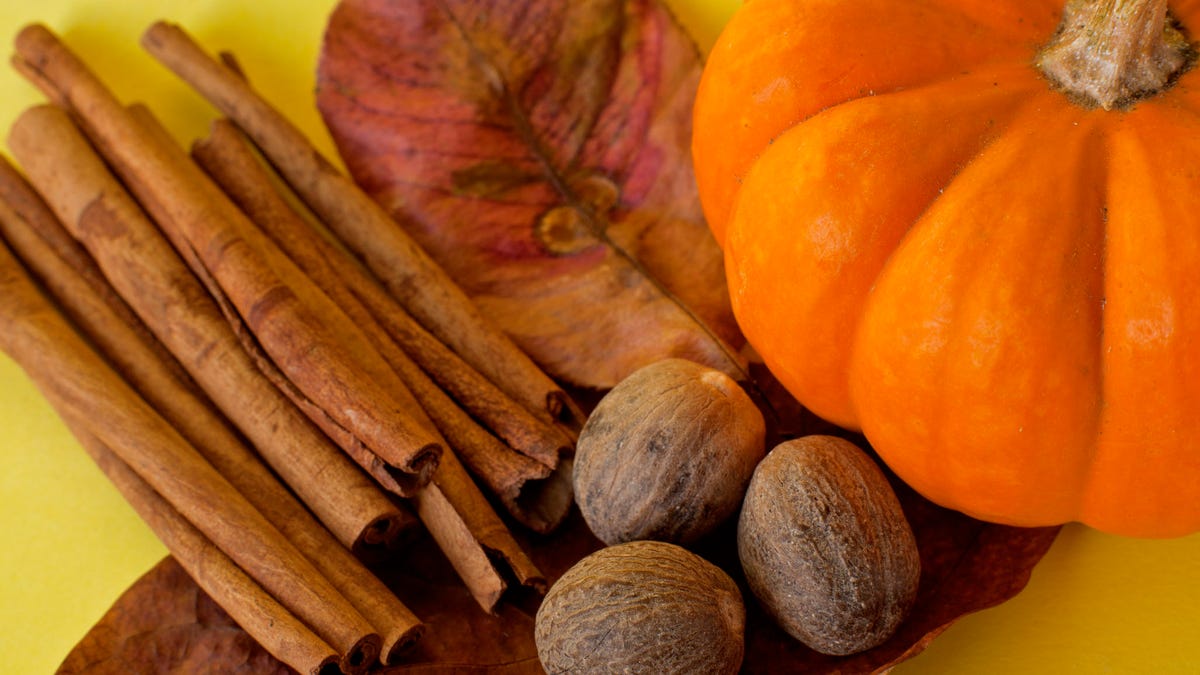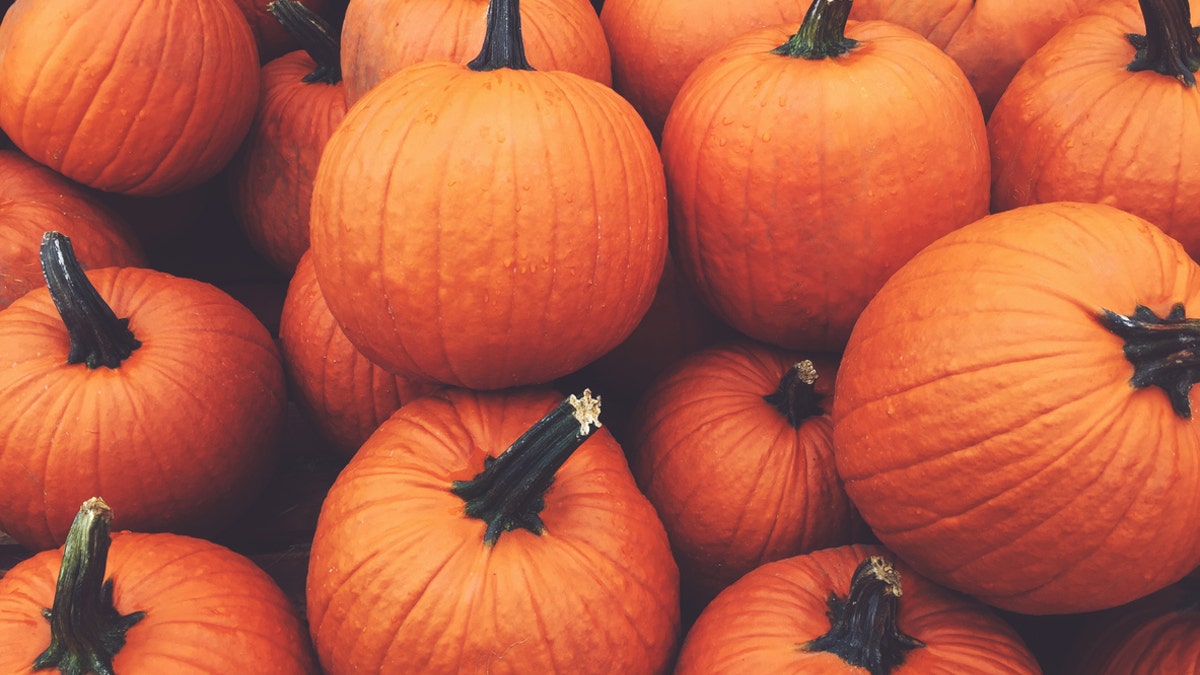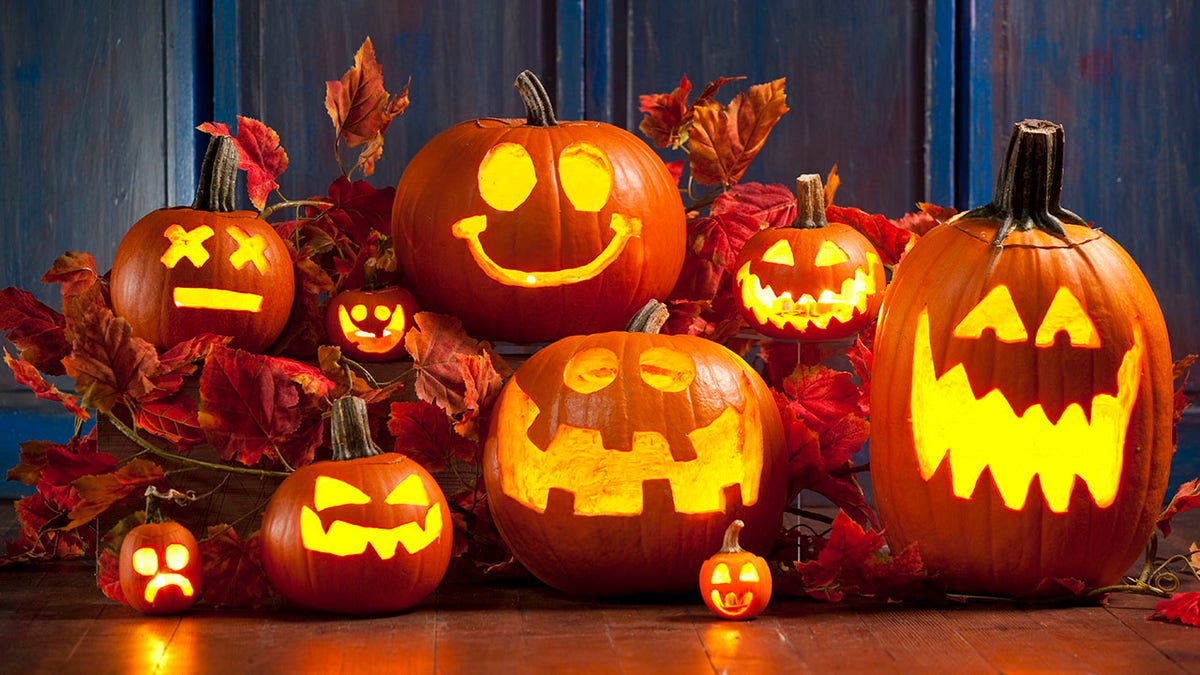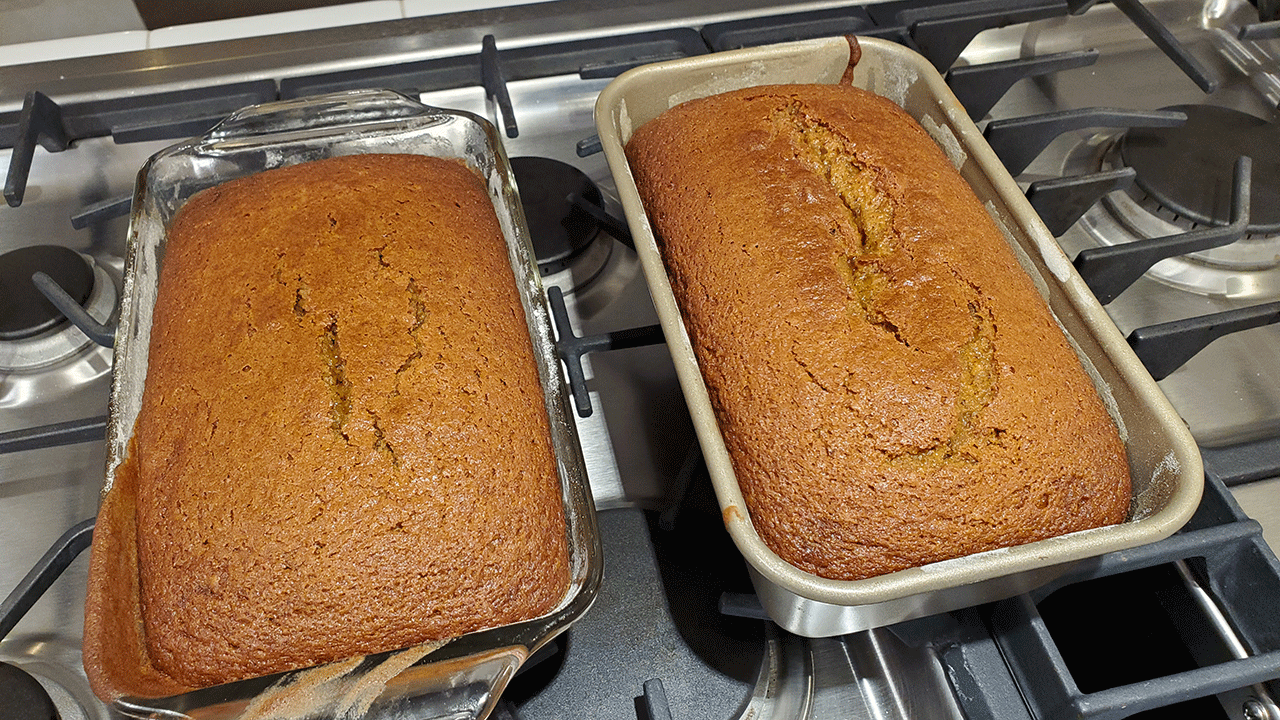Flavors are often associated with a season, and there’s a reason for this.
Leading up to the fall months, coffee shops and stores across the country begin rolling out their pumpkin spice products. Following pumpkin spice are the peppermint mocha flavors associated with Christmastime.
The short time that pumpkin spice is available in cafés and grocery stores brings in huge profits. Starbucks alone sells 20 million pumpkin spice lattes each year. The tasty offering is typically sold starting at the end of August and through the fall months.
PUMPKIN SPICE IS ‘EVERYWHERE,' AND NOW IT CAN BE IN YOUR KITCHEN, TOO
So why do we love this particular flavor so much? Below is everything you need to know about pumpkin spice and why the flavor is so popular.

Starbucks started the pumpkin spice craze back in 2003 with the introduction of its pumpkin spice latte. (iStock)
- What is pumpkin spice made of?
- Why is pumpkin spice so popular?
- When did Starbucks first come out with the pumpkin spice latte?
- Is pumpkin spice good for you?
- What else can you make with pumpkin spice?
1. What is pumpkin spice made of?
Interestingly, pumpkin spice contains no actual pumpkin.
Pumpkin spice seasoning is made using a blend of cinnamon, nutmeg, cloves, ginger and allspice. You can buy the seasoning in the store, but you can also easily make it at home by combining these ingredients. It got its name from being originally used to flavor pumpkin pie.
The pumpkin spice was first released in 1934 by McCormick. It was originally advertised for the use of making dishes like pumpkin pie.
2. Why is pumpkin spice so popular?
Turns out, we love to be reminded of fall and the warm feelings of family, home and nostalgia the season brings — and our brains associate those warm feelings with this particular flavor, psychologists and researchers say.
THIS SNICKERDOODLE PUMPKIN PIE RECIPE IS A ‘DELICIOUS’ TWIST ON THE CLASSIC FALL DESSERT
Matt Johnson, a Boston-based psychologist who specializes in the application of psychology to marketing, shared insights into the neuroscience and the marketing around our love of this particular flavor.

Pumpkin spice flavoring actually contains no real pumpkin. (iStock)
"The flavor is just so closely tied to the arrival of fall and the nostalgic, wholesome vibes of both family and the leaves changing," he told Fox News Digital by phone.
Johnson is the author of two books, "Blindsight: The (Mostly) Hidden Ways Marketing Reshapes Our Brains" and "Branding that Means Business." He's also a psychology professor at Hult International Business School in Boston and a lecturer at Harvard University.
Johnson said that we have a window into "the neuroscience of taste" when we examine our love of this particular flavor more closely.
"We are highly, highly visual creatures, but our sense of taste is one of our weakest senses," he said.
FLAVOR-PACKED TOASTED PUMPKIN SEEDS: TRY THE RECIPE
Our sense of taste is actually "highly impressionable," Johnson continued.
He said that "we don't taste objectively — we almost ‘hallucinate’ with our taste buds."
There have been a lot of experiments to test the accuracy of humans’ sense of taste, said Johnson. "For example, we really can't tell wine [distinctions] nearly as well as we think we can," he shared.

People rush to get their hands on a pumpkin spice drink beginning around August. (Christina Tkacik/Baltimore Sun/Tribune News Service via Getty Images)
The associations between fall and pumpkin spice are built in the medial temporal lobe, which we can think of as the brain’s "associative network," explained Johnson.
The medial temporal lobe organizes the concepts we’ve learned, he said, and how they’re connected.
So, when either idea — pumpkin spice or fall — is activated, he said, "it will automatically trigger the other, since they share such close proximity in the medial temporal lobe."
He added that product marketers "have successfully associated fall with pumpkin spice to such an extent that we can't really have one without the other — the association impacts perception itself."
3. When did Starbucks first come out with the pumpkin spice latte?
Starbucks started the pumpkin spice craze in 2003 with the introduction of its pumpkin spice latte. Johnson said the drink was "an instant success" and became "the most successful seasonal drink of all time."
Starbucks has kept its pumpkin spice latte (also known as PSL) as a seasonal beverage — "one of the crucial elements of its success," said Johnson. The fact that it is not available to get all year makes it a hot commodity for the few months that it is sold. Being available for a limited time creates a strong sense of urgency in consumers, making them feel like they must get the product before it’s gone.
CLICK HERE TO SIGN UP FOR OUR LIFESTYLE NEWSLETTER
The drink craze began with the pumpkin spice latte, but has massively expanded over the years. While the pumpkin spice latte continues to be a popular classic, pumpkin chai tea, pumpkin cold brew and a pumpkin spice frappuccino are also options on many menus.

Pumpkin spice advertisements remind some people that Halloween and Christmas are right around the corner. (iStock)
While cars may be lining up at drive-thru windows around the country for pumpkin spice beverages and treats, one everyday American who does not care for pumpkin spice told Fox News Digital that she still likes seeing the signage for products that contain it.
"Even though I don’t consume any pumpkin spice products, I love seeing signs advertising it, because it means fall is coming," said Carole Purcell of Columbia, Maryland.
"It reminds me that my favorite holiday, Halloween, will be here soon, and after that, Christmas."
She added, "For me, the emergence of pumpkin spice every year is the first signal that fun family times are just around the corner."
4. Is pumpkin spice good for you?
Even though pumpkin itself has many health benefits, most pumpkin spice drinks are loaded with sugar. The pumpkin spice latte at Starbucks in particular has 380 calories and 50 grams of sugar in a 16-ounce drink.
That sugar intake in that one drink alone far exceeds the American Heart Association’s recommendation of no more than 25 grams of sugar each day for woman and 36 grams for men.
5. What else can you make with pumpkin spice?
Pumpkin spice can be used in a variety of recipes. Pumpkin spice can be used in desserts like cookies, bread, muffins, brownies, cheesecake and dip. It can also be used in more savory dishes like pumpkin ravioli and even pumpkin chili.

Pumpkin bread is a classic recipe to make during fall. (Gado/Getty Images)
It can also be used in fall-themed cocktails for a cozy movie night.
CLICK HERE TO GET THE FOX NEWS APP
A pumpkin pie martini, pumpkin old-fashioned, a boozy pumpkin apple cider and pumpkin sangria are all popular options worth giving a try.
For more Lifestyle articles, visit www.foxnews.com/lifestyle.






















